Hello,
I'm using a Canon XSI, with the 18-55 kit lens. Last night I read Understanding Exposure. However, when I try to do any of that, nothing really comes off. I was quite sure I understood what there was to understand theoretically about exposure after raeding the book, and I needed a lot of practice, A LOT OF PRACTICE!! stayed up all night reading, went out early early morning, dawn-ish, to try out some of the things... Tried close-ups, and they looked blurred, tried long-range and it looked blurred, plus the depth-of-field tricks never seem to get me the desired results... tried stretching it to extreme capabilities of the lens, and turns out either the shutter speed becomes tooooo slow, or the aperture's not executable, a really extreme case of under/ over exposure, and any compromise on it and it looks rather bad..
This was my absolute first time with the camera (I tried pulling the flash up, till I was asked to stop unless I want to break my new camera
 )... Am I missing something here? or am I trying to do too much too soon? Anyone who has had any prior experience with the lens, what exactly is the lens good at? And anyone with experience, what should I be trying to concentrate on and improve, before moving to the advanced tricks?
)... Am I missing something here? or am I trying to do too much too soon? Anyone who has had any prior experience with the lens, what exactly is the lens good at? And anyone with experience, what should I be trying to concentrate on and improve, before moving to the advanced tricks?
Sorry about the long rant.. but I'm kind of clueless and directionless right now..
I'm using a Canon XSI, with the 18-55 kit lens. Last night I read Understanding Exposure. However, when I try to do any of that, nothing really comes off. I was quite sure I understood what there was to understand theoretically about exposure after raeding the book, and I needed a lot of practice, A LOT OF PRACTICE!! stayed up all night reading, went out early early morning, dawn-ish, to try out some of the things... Tried close-ups, and they looked blurred, tried long-range and it looked blurred, plus the depth-of-field tricks never seem to get me the desired results... tried stretching it to extreme capabilities of the lens, and turns out either the shutter speed becomes tooooo slow, or the aperture's not executable, a really extreme case of under/ over exposure, and any compromise on it and it looks rather bad..
This was my absolute first time with the camera (I tried pulling the flash up, till I was asked to stop unless I want to break my new camera
Sorry about the long rant.. but I'm kind of clueless and directionless right now..



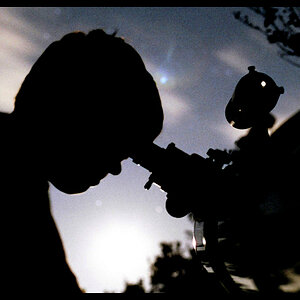
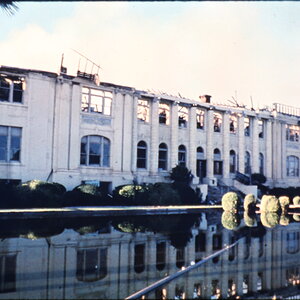
![[No title]](/data/xfmg/thumbnail/31/31095-2b52a6dcc956382cffdd384ae4d156f2.jpg?1619734612)
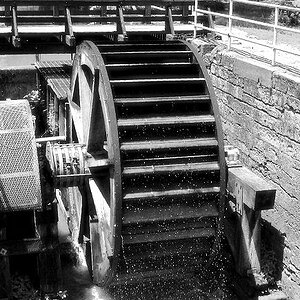


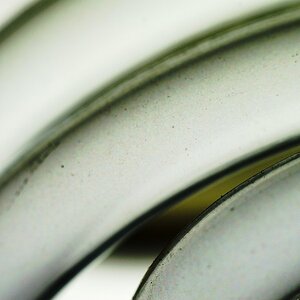

![[No title]](/data/xfmg/thumbnail/33/33360-ff0b69685c94740bde3f53b6d7aa9af1.jpg?1619735924)
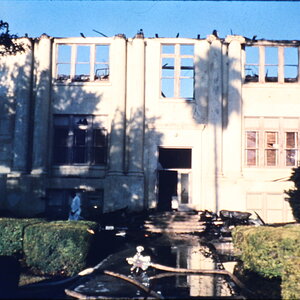
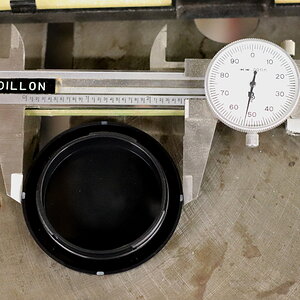
![[No title]](/data/xfmg/thumbnail/31/31093-5a5bf042a168153ccffbce7a66501050.jpg?1619734610)